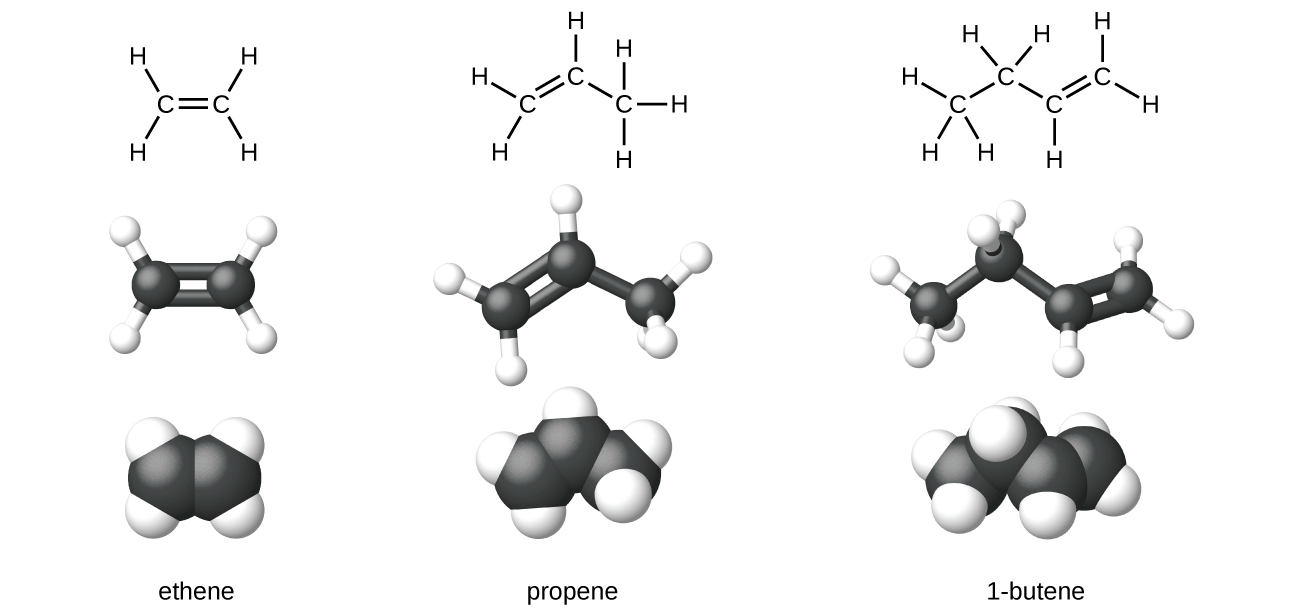
A Novel Boron-Facilitated Reaction for Tetra-Substituted Alkenes
Scientists have created a pioneering modular boron-facilitated reaction sequence that can convert various chemical building blocks into complex tetra-substituted alkenes. This groundbreaking method, compared to assembling a Lego set by one of its innovators, allows for stereocontrolled access to both E and Z isomers through careful adjustment of conditions. The fundamental tunable selectivity arises from the creation of a rare borenium intermediate, anticipated to provide essential mechanistic insights for wider applications in boron chemistry.
Tetra-substituted alkenes, which have carbon-carbon double bonds encircled by four different chemical groups, are commonly found in natural products, medicinal compounds, and materials chemistry. Their intricate steric hindrance has historically posed challenges for synthetic accessibility. To overcome this issue, Varinder Aggarwal and his group at the University of Bristol harnessed the adaptable chemistry of boron, facilitating a controllable step-by-step assembly method. Boron’s tri-coordination enables it to temporarily accommodate a fourth group, promoting a 1,2-migration to create a tri-substituted alkenyl boron from an alkynyl system, which can subsequently be converted into the target tetra-substituted alkene.
The process initiates with the interaction of an alkylborane and an alkynyl lithium (denoted as R¹ and R²) to form an alkynyl boronate intermediate. This intermediate experiences an electrophilic attack (involving R³), resulting in a migration that yields a stabilised alkenylboron ester. The later functionalisation of the boron atom introduces a fourth substituent (R⁴), with the team investigating various reactions such as Suzuki-Miyaura cross-coupling, homologation, and Zweifel olefination.
A particularly fascinating result was the stereodivergence noted in the Zweifel olefination. When conducted under basic conditions, the anticipated stereoinverted product is generated, while neutral conditions maintain the configuration of the alkene, thus allowing the synthesis of both E and Z products by adjusting reaction parameters. Collaborator Rob Paton from Colorado State University applied density functional theory studies to reveal that this stereoretentive outcome originates from a non-classical borenium ion intermediate, similar to a non-classical carbocation, effective under neutral conditions.
Michael Greaney, an organic chemist at the University of Manchester, commends the modular selectivity, underscoring its ability to tackle the enduring challenge of stereocontrolled tetra-substituted alkene synthesis. Aggarwal’s team demonstrated this methodology on various cases including the anticancer medication tamoxifen and the insect pheromone γ-bisabolene. They aspire for wider application in synthetic chemistry and are investigating further reactions with exocyclic and chiral substrates.
Ultimately, Aggarwal perceives the deepened fundamental insight as the most exciting element of their research, which holds promise for significant progress across synthetic and mechanistic chemistry.